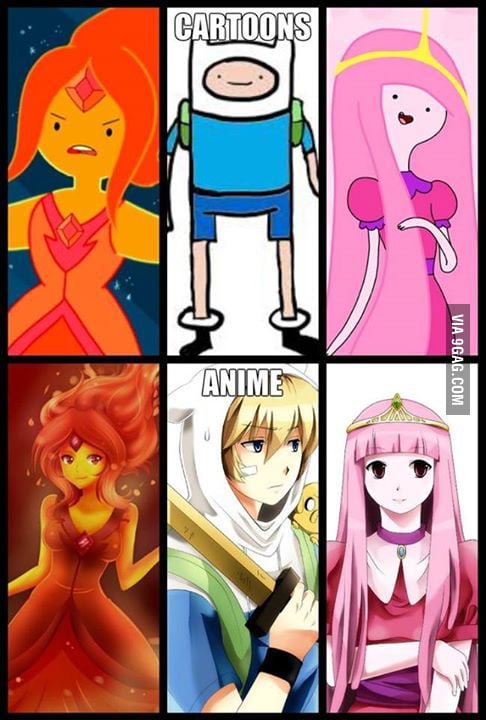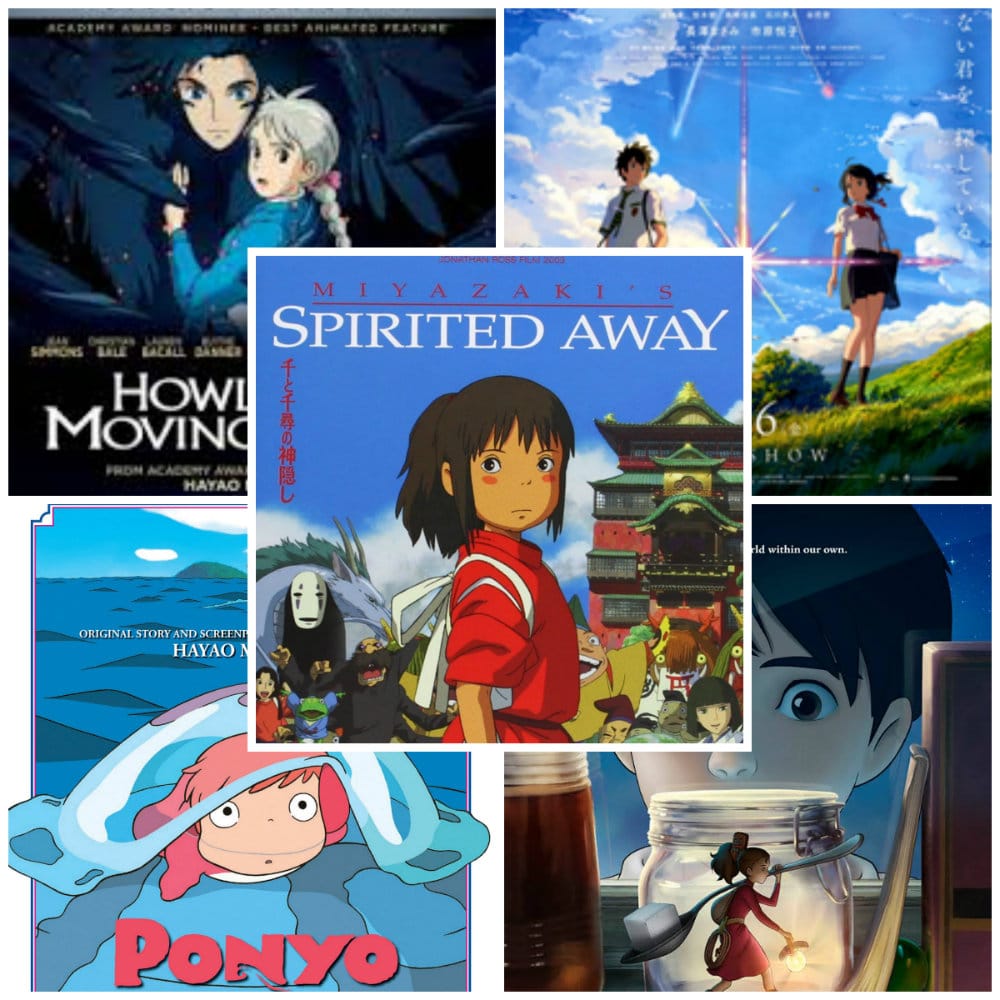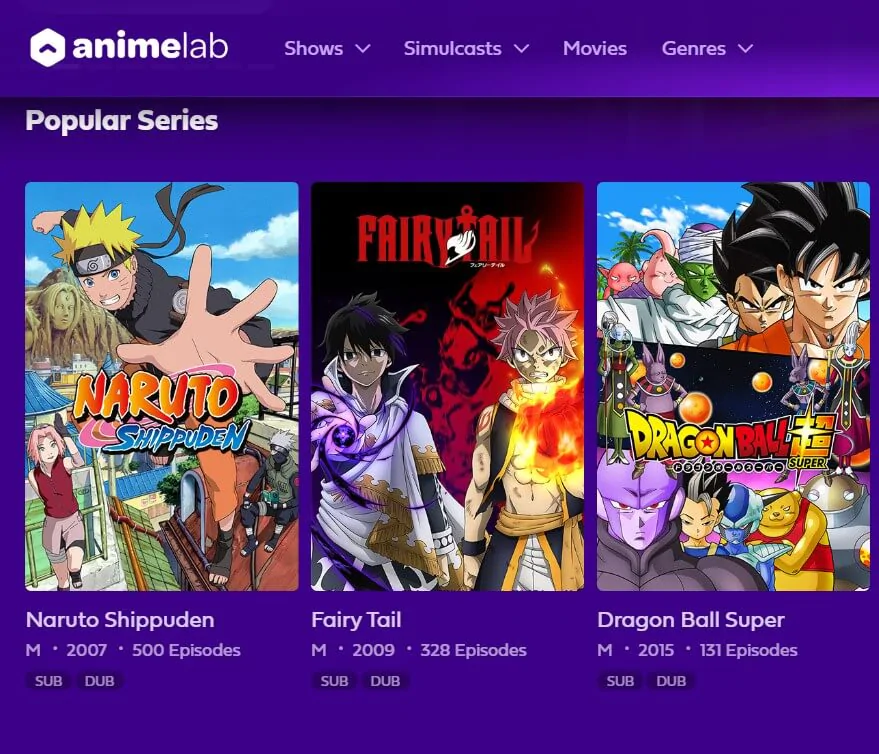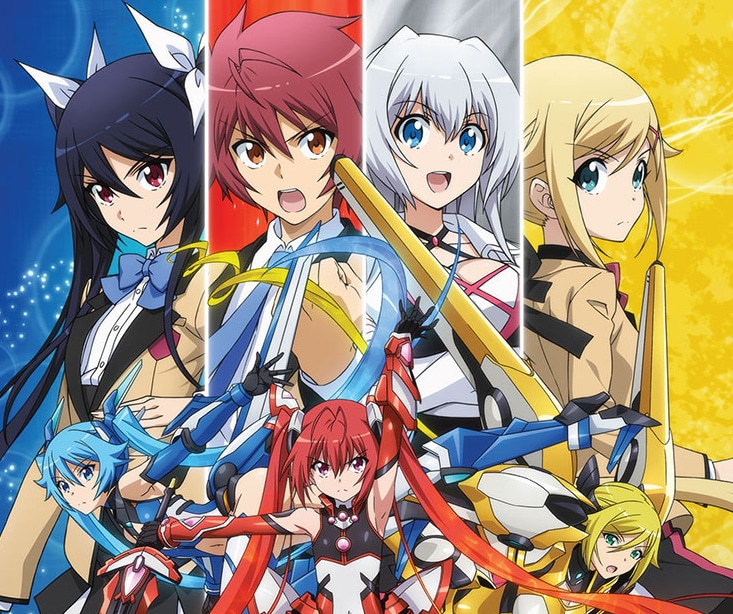Characters Often Change Clothes In Anime
In Western cartoons, characters rarely change clothes. And, more often than not, there will be a joke lampshading the fact by showing off how they actually have multiples of the same outfit.
Anime often bucks this trend by letting characters appear in various outfits throughout the series. Sailor Moon might have been known for the girls’ Sailor Scout uniforms, but the girls indulge in fashion whenever they have the opportunity.
Why Do People Mistake Anime For Cartoons
Theyre all animation, so whats the big deal?
Ive probably heard and seen this counter-argument a million times when discussing anime versus cartoons. But there is some truth to it
Technically, anime are Japanese cartoons the word anime is just the Japanese word for animation. Hence, anime and cartoons are often mixed up or considered the same by many.
Its easier to group all animation together than fuss over differentiating between the two despite them being very different.
More Care Is Put Into The Art Style
From Teen Titans in the United States to Winx Club in Italy, there’s a reason why Western cartoons started emulating the style of anime during the early 2000s. The art style of anime is usually far more detailed, with mere screenshots of a series looking like a fine work of art. Even cheap anime often have a sense of style that is easy to admire, like Revolutionary Girl Utena and its overabundance of silhouettes.
Don’t Miss: How To Draw Anime Fingers
When To Use Anime
What is anime? Anime is a particular style of animation that originated in Japan. It is characterized by high contrast, bright colors, and thematic elements of science fiction and fantasy.
Today, media in the style of anime are created all over the world. Some people only categorize Japanese productions as anime, while others refer to any animations that use this visual style as anime, regardless of where they were produced.
The word anime has an interesting backstory. The Japanese animshiyon is a loanword from the English animation, which eventually made its way back to English as anime. Essentially, Japanese borrowed a word from English, and then English borrowed it back.
Here are some examples of anime in a sentence,
- Sailor Moon is a popular anime among teenage girls.
- The anime Howls Moving Castle, directed by Hayao Miyazaki, is widely regarded as a hallmark of the genre.
- Gao, a 27-year-old cosmetician in Wenzhou, has watched Japanese animation, or anime, since she was a teenager. The Wall Street Journal
Anime Can Take You On Trips Around The World
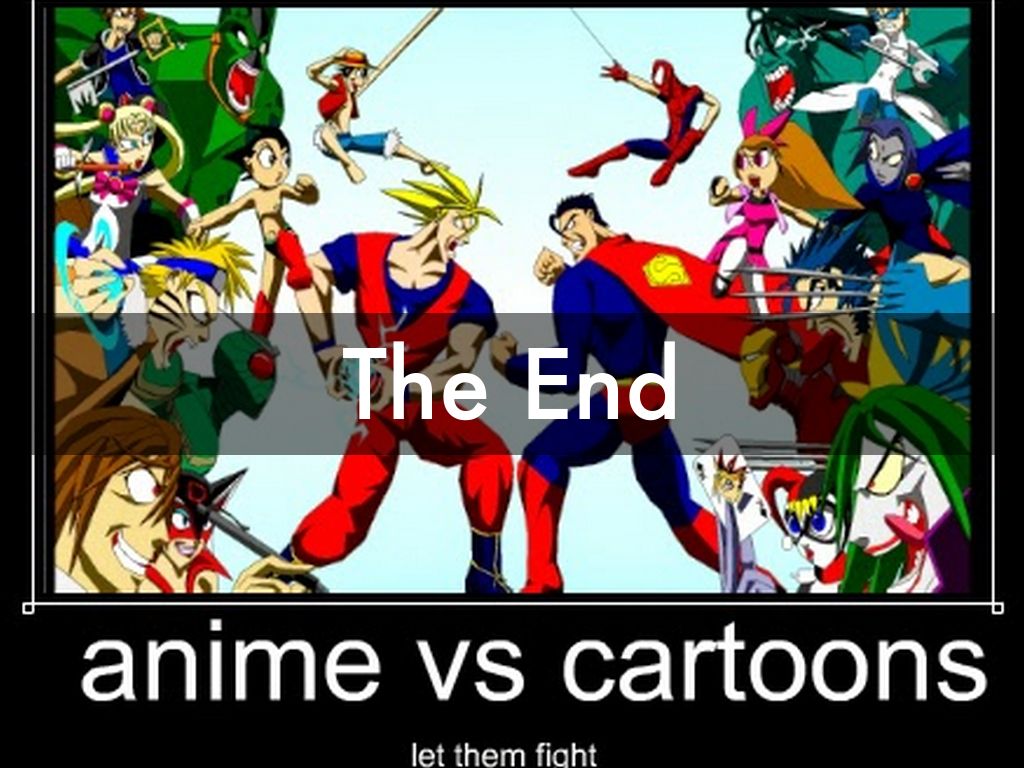
American cartoons are infamous for remaining in one location. Oftentimes, these locations remain undisclosed. The Simpsons has been on for decades, but the closest fans have to where Springfield is on the map is the tesseract theory. On the other hand, anime often features real-life locations, from Egypt, the United States, and even Antarctica. These locations are not only varied, but they’re true-to-life as well.
Recommended Reading: Drawing Anime Muscles
Camera Shots And Viewpoints
American animation tends to use straight-on camera shots, less concerned with cinematic angles and dramatics than with clearly depicting the events, though there are exceptions to that rule. Japanese animation often makes use of exaggerated angles, perspectives, and zooms to intensify the mood of a scene and show actions to extreme effect.
What Is The Difference Between Anime And Manga
Anime and manga both belong to the world of comics, but have some differences in meaning and usage, in Japanese, which is the origin of both.
Manga is a cartoon that appears in a paper or such printed media. Anime is an animated cartoon. That is to say it is an animated film that uses cartoon images.
One of the important differences between the anime and manga is that manga graphic novels are sometimes endowed with nudity and sex when compared to anime.
One of the most important differences between anime and manga is that anime is generally watched whereas manga is generally read.
Manga exists for young children up to perverted men.
Mangas are sometimes the basis for anime.
Manga is easier to create as only two people, mangaka and the editior, are sufficient for creation.
Anime is harder to create as it involves a large number of people with an animation studio.
Read Also: Cute Anime Girls To Draw
Anime Vs Western Comics And Cartoons
Anime and manga are often compared to western comic books and cartoons. And some people wonder what the difference is. Japanese media are sometimes influenced by Western media, and the reverse is also true. This can complicate the question of whether certain specific works, reflecting cultural influence, should be labeled as Japanese or Western.
For example, there is the question of whether the Dark Souls games should count as “JRPGs”, or Japanese role-playing games. Though they are Japanese, they exhibit substantial Western influence. Though the edges of boundaries between distinctions like “anime” and “western cartoon” can be blurry.
But, comparing Western media with Japanese media tells us a lot about cultural differences. Primarily, they show differences of artistic and aesthetic values between different cultures. But they also reflect different values. For example, when Sailor Moon originally aired, it was okay in Japan that it had a lesbian relationship. But this content was famously censored when the show was first dubbed in English for a North American audience.
Now there are even animation collaborations across the Pacific, like Batman: Gotham Knight, an animated anthology about Batman that has a Western concept, but was animated by 4 anime studios: Studio 4°C, Madhouse, Bee Train, and Production I.G. Perhaps that indicates that the distinction, moving forward, won’t actually matter.
Would Anime By Any Other Name Look As Sweet
To some, anime’s popularity and marketing synergy pale in the face of “low quality” animation. Full-animation purists, like the old Toei Studios and Miyazaki, resisted the new wave of Japanese animation. Their features feature the full movement of characters. These studios took honor and pride in smooth, fluid animation. They sought to “produce the ‘illusion of life.”
Astro Boy‘s popularity shocked them all. Astro Boy and its successors flaunted their lack of realism. Animation critic Joji Hayashi contends, “limited-animation does not try to hide from the spectator the fact that it is an unreal image.” Although anime’s techniques create an illusion of motion, it does not try to emulate reality as full-animation does.
The debate continues today. Miyazaki and other full-animation purists connect animation to reality. In a recent interview Miyazaki bemoaned the current state of anime. Otaku are ruining the industry, he said, by creating stylized and therefore unrealistic character driven works.
But animation expert Roger Noake counters,
There is a danger in confusing full-animation with good animation. At its best it can be excellent. But if full-animation is used as the norm by which all other animation is judged, this can promote a cruel and narrow attitude .
Also Check: How Much Are Animators Paid
An Illusion Of Movement
Animation movies use more static images that are slightly different from each other. Hence, you can see a great detail in the motion of the characters. Whereas, anime movie developers pay less attention to the illusion of movement. In most of the scenes of anime movies, when a character is speaking you can only see few moving hair strands. The movement of mouth opening of the characters is more distinctive in animation movies.
Manga Can Be More Original
Manga is considered by some to be more artistically original than anime, much the same as books are to films. This is because most mangaka write only original content and many start by self-publishing. In fact, self-published works, or doujinshi, are incredibly popular. Unlike manga, lots of anime are based pre-existing stories. This is because it’s cheaper to adapt an existing work than it is to create a completely original storyline. Additionally, adaptations are assumed to be a safer investment as the original work will already have a following.
Manga is a much quicker way of publishing work than anime. A single issue of a manga can be written, drawn, and inked within a single week. On the other hand, an anime series will usually require months of preparation and work to produce each episode.
You May Like: Creator Of Anime
Anime Vs Cartoons: A Comparative Analysis
Whether you prefer one or the other, there’s notable differences between what’s popular in American animation versus Japanese animation. What caused the art of animation to evolve so differently in these two countries, and how have the different approaches been coming together in recent years?
187,634
American Vs Japanese Animation: Whats Different And Why
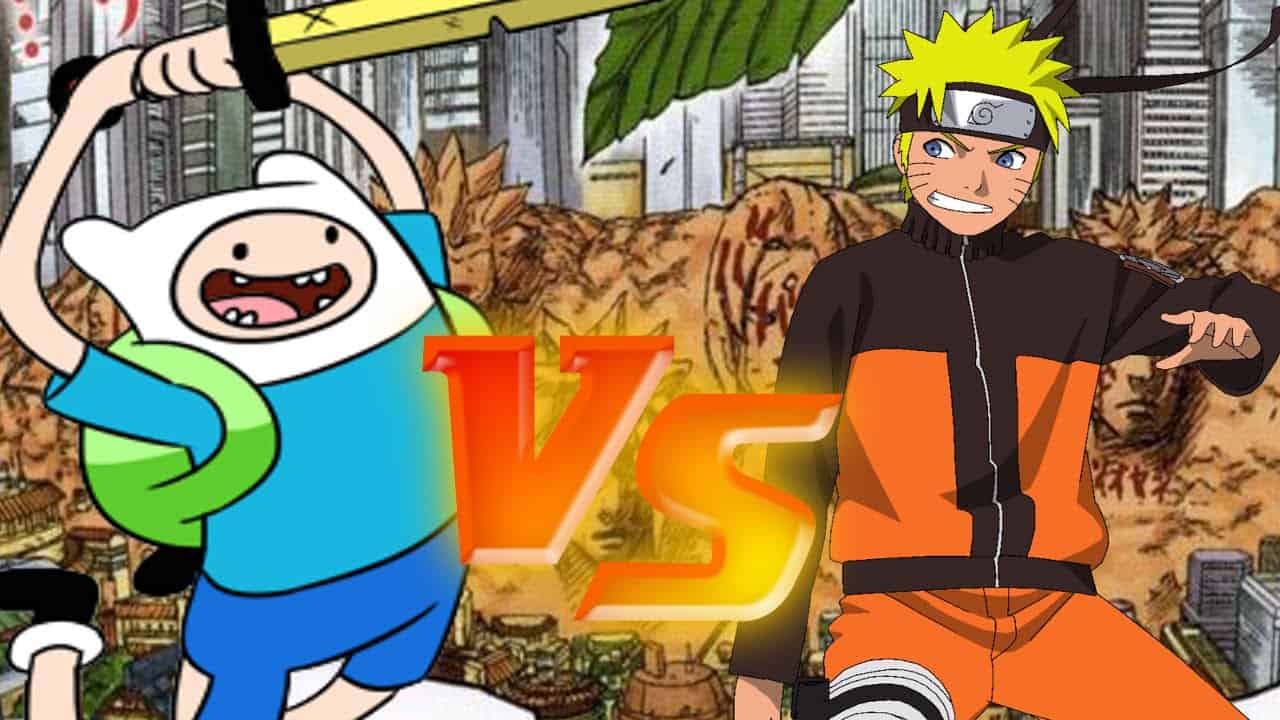
I originally embarked on this journey because of the way that anime characters explicitly state everything that theyre doing. Then, I found out theres a reason for it. Then, I found an 88-page Bachelors Thesis on it.
First, Whats the Same?
This article will focus only on traditional animation and does not include 3D or stop-motion animation. Traditional animation is done by ink or paint, in which the illustrator draws every frame on tracing paper, called cel paper. Each frame is then captured by a special camera. Animation is an optical illusiona series of pictures in quick succession that give the guise of real movement.
Side Note:
When Westerners use the term anime were referring to Japanese animation. When Japanese people use the term anime, they are using it as an abbreviation for all animation. For example, a Japanese person might refer to The Little Mermaid as Disney anime In this article, Im using the term anime in reference to Japanese animation.
Stylistic Differences
Narration
Dialogue Production
Frames per Second and Repetition
The number of frames per second directly relates to how much money will have to be spent on the production. The more frames per secondthe more fluent the animationthe more it will cost. Early anime productions, like Astro Boy , managed to cut it down to eight images per second. For comparison, most Disney films shoot at 24 images per second. This choppy way of shooting was then adopted into the style.
Also Check: How To Color Manga Eyes
Characters Are Allowed To Grow And Change
Western cartoons are infamous for not letting characters grow older, even if a series has gone on for years. Anime, by contrast, often allows characters to grow older and undergo a complete story arc. It’s also rare for the characters of Western cartoons to start families of their own. It’s partially the reason Mickey Mouse and Donald Duck are allowed to be very involved uncles, but they never become fathers themselves. Anime fans have seen Goku and Naruto become adults and even have children, some of whom have become characters in their own right.
RELATED: The 15 Best Isekai Anime Of The Decade, Ranked
Even anime that likes to keep their characters more or less the same age find ways to explore the future. The kids of Doraemon haven’t really aged over the years, but their future selves are a big part of the series. And through the magic of time travel, viewers can even meet the future children of their favorite anime heroes, like Sailor Moon’s daughter, Chibiusa.
Anime’s Great Deception The Difference Between Anime And Cartoonswarning: Reading This May Forever Change Your Perception Of Anime
July 1, 2015words written byRichArt byAya Francisco
FYI: WaniKani, our system for learning kanji and Japanese vocabulary in record time, is currently 33% off.Try it out for free.
Even as a child, I sensed something different about cartoons like Robotech and Voltron. Compared to other shows, they struck me as serious, dramatic and stylish. Each episode contributed to a longer narrative and when something changed, it remained that way for the rest of the series. The straight-lined art affected me me in a way other cartoons’ softer, rounded styles never did.
Something was different, though I couldn’t put my finger on it.
At the time I didn’t know these cartoons came from Japan, where they had different titles, and occasionally different narratives. I didn’t know that one day I’d become a fan of the medium, a style of cartoon called anime.
Anime differed from standard Western cartoons. Back then anime fans would tell you, Japanese anime is better. Cartoons are “kids’ stuff.” With complicated stories, deep character development and themes fit for adults, anime eschews the label of cartoon and makes claims on being a higher art-form.
Of course anime’s visuals fuel its purported pedigree. Fans laud anime for its detailed art, style and fluid animation. Wait fluid animation?!
!Liar!
Recommended Reading: Draw Anime Ears
Anime Vs Cartoon Animation Techniques
Anime and cartoons both use traditional animation production processes of storyboarding, voice acting, character design and cel production.
Anime is often considered a form of limited animation i.e. common parts are re-used between frames instead of drawing each frame. This fools the eye into thinking there is more movement than there is, and lowers production costs becase fewer frames need to be drawn.
Anime scenes place an emphasis on achieving three-dimensional views. Backgrounds depict the scenes’ atmosphere. For example, anime often puts emphasis on changing seasons, as can be seen in numerous anime, such as Tenchi Muyo!.
What Is A Cartoon
A cartoon is a film using animation techniques to photograph a sequence of drawings rather than real people or objects. Cartoons mostly target children, especially pre-teenagers. Since they are designed to entertain children, they are often humorous and laugh provoking. The subject matter includes adventures and silly humorous situations. The features of cartoon characters are mostly exaggerated, and the proportions of the body do not match. These features also help to achieve a humorous effect. However, the amount of motion used in cartoons is more than that of animes.
Most cartoons are simple and shorter than animes. A cartoon often revolves around a superhero, animal or a child hero. Some popular examples of cartoons include Tom and Gerry, Scooby Doo, Garfield, Mickey Mouse, etc.
Recommended Reading: Simulcast Crunchyroll Meaning
Why Are Japanese Cartoons Popular
One of the main reasons why anime has stood the test of time and grown in popularity across the world is due to its unique ability to grow with its viewers. … This has meant that anime producers have started to make content more suited to Western tastes, as well as producing anime overseas as it is much cheaper.
Lost In Translation: The Case For Dubbed Anime
Fans of dubbed anime also have their own reasons for favoring the dubs. The most common reason given for preferring dubbed anime is that these fans do not like to read subtitles while they watch an anime series. They claim that being required to read subtitles distracts from the story. It can be difficult to fully enjoy the animation and watch what is happening on screen while reading along with the subtitles. Hearing the dialogue in English allows for a more immersive anime-watching experience.
Some anime dubs change the script quite a bit from the original Japanese version. In some cases, many fans prefer the completely different take on the show presented by the dub. For example, the dubbed version of the anime Ghost Stories alters the original script to a more comedic one written by ADV screenwriter Steven Foster. Much of the final recording for this dub was ad-libbed by the voice actors. While the plot of the show is still similar to the original version, the script is much more comedic and offensive in the English dub, which many fans of this anime prefer.
On the other hand, a far less common reason that some anime viewers give for preferring dubs to subs is, in fact, the censorship. Some fans actually claim to prefer the dubbed versions of certain series better than the original because the “mature” content present in the original Japanese version was removed. This is an extremely rare reason for preferring dubs, however.
PixaBay / Ryo Taka
Also Check: Anime Male Body Side View
Anime Is Also Not Limited To
The word anime describes all things animated, even things in more . Anime is also not limited to . They are released via chapters or volumes and are the . The main difference between manga and anime is that the manga is the drawings in comic books and graphic novels while the anime is the . While, anime is a animated moving image, manga is a graphic comic that requires the images and the plot line to tell the story. Put simply, manga is the term . In this post, i will compare anime vs. Both were made by the japanese but they have a lot of differences besides the fact that one is a show . Usually the manga or anime have a book of it and a show. Anime is a japanese term used to describe animated films , but outside japan, its mostly used to describe japanese animation. Anime is a japanese word for animation . What is the difference between anime and manga? Anime and manga are two distinct mediums. Manga are graphic novels or comics drawn in black and white. (note that anime in japan technically means any animated film, and manga is any printed cartoon, but people in the rest of the world take them to mean .
Fantasy anime creatures dolls â Vuing.com from vuing.com
Which Is More Popular Anime Or Cartoon

When it comes to popularity, both anime and cartoons give tough competition to one another. However, expanded licensing to various OTT platforms has bought anime to different parts of the world, making anime bigger than ever before.
Though they can think of as animated cartoons, yet all of this came with the mind-boggling storyline, surreal music, and expressions that even movies would fail to offer.
Also Check: Profile View Anime
